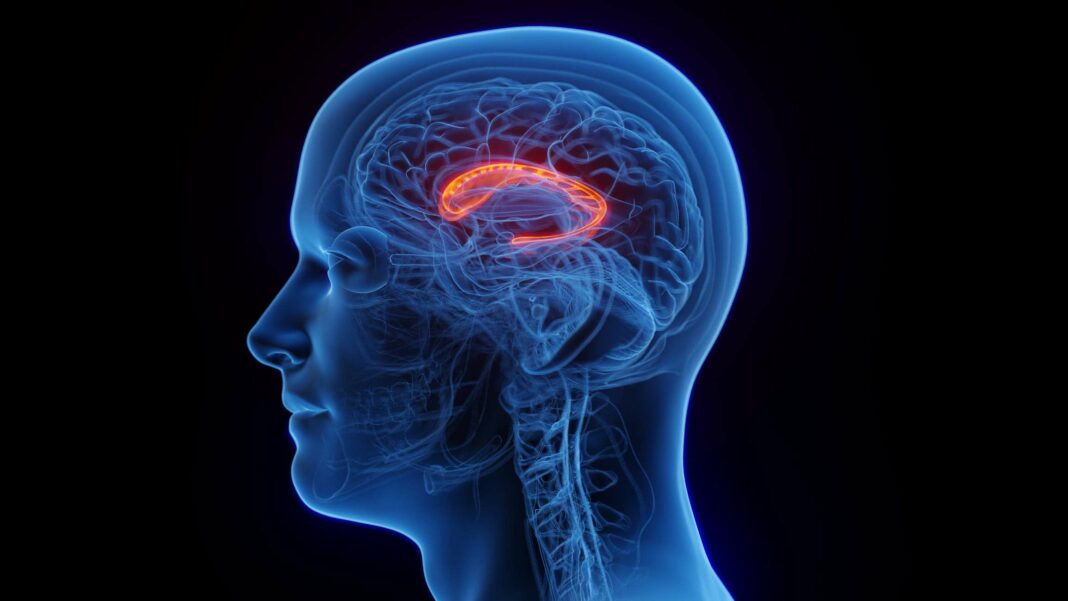The article discusses the rising prevalence of dementia in Germany, particularly Alzheimer’s disease, which currently has no cure. Physiotherapist Tim Fleiner highlights the benefits of exercise as a non-medical method to slow disease progression and improve quality of life. He recommends a combination of strength and endurance training, along with engaging activities such as exergaming. Fleiner also provides three practical tips for caregivers to encourage physical activity in dementia patients, emphasizing familiar habits and social engagement.
The following content is published by Focus online*
According to data from the German Alzheimer’s research portal, around 1.8 million individuals in Germany are impacted by dementia, with the numbers continuing to climb. A majority of these cases are attributed to Alzheimer’s disease, which is the most prevalent form of dementia.
Unfortunately, there is currently no known cure for this condition.
However, there are various strategies available to slow the disease’s progression, extending beyond medication, as noted by physiotherapist and sports scientist Tim Fleiner.
The Power of Exercise
Exercise is often referred to as a vital component for those living with dementia, particularly Alzheimer’s, as it can effectively alleviate symptoms, hinder disease progression, and enhance overall wellbeing without any adverse effects. Engaging in physical activity not only invigorates the muscles but also benefits the brain by increasing cerebral blood flow.
Improved blood circulation allows for a better supply of oxygen and nutrients, promoting optimal nerve cell health and strengthening neural connections. Overall, physical activity fosters anti-inflammatory responses, elevates mood, and stimulates cognitive function, according to experts.
Research also suggests that regular movement may facilitate the removal of waste products associated with dementia from the brain.
A Balanced Approach: Endurance and Strength Training
Fleiner points out that there is no universal prescription for suitable exercises; the recommended activities should align with the individual’s unique needs, including age, baseline fitness, and cognitive capabilities.
A balanced mix of strength training and endurance exercises is advisable.
Innovative methods like exergaming, which incorporates fun interactive exercises via computers or equipment, are also recommended for their engaging nature. Simple solutions, such as using a stationary bike in the hallway, can be both practical and effective.
Official health guidelines also highlight the benefits of ‘mind-body exercises,’ which combine physical movements with mental focus and breathing techniques.
Fleiner emphasizes that many dementia patients do not engage in enough physical activity and shares three strategies to incorporate more movement into daily routines.
Incorporating Exercise into Daily Life: Tips from the Expert
1. Build on Familiar Routines
For families dealing with dementia, Fleiner advises leveraging the patient’s exercise history by reintroducing previously enjoyed activities. If, for instance, a family member loved hiking or dancing, exploring accessible versions of those activities may be both doable and enjoyable, especially in the early stages of the disease.
2. Engage Together
The expert stresses the importance of regularly participating in physical activities to stay motivated. Establishing routines and planning group activities with family and friends, such as hikes or walks, can be very beneficial.
3. Start Now – Simple Steps Count
Fleiner recommends taking the easiest path forward. He suggests preparing by having exercise attire and gear ready beforehand. This minimal preparation makes it easier to get started. After physical activity, treat yourself to a nutritious meal as a reward.
This article first appeared on our colleagues at focus.de
